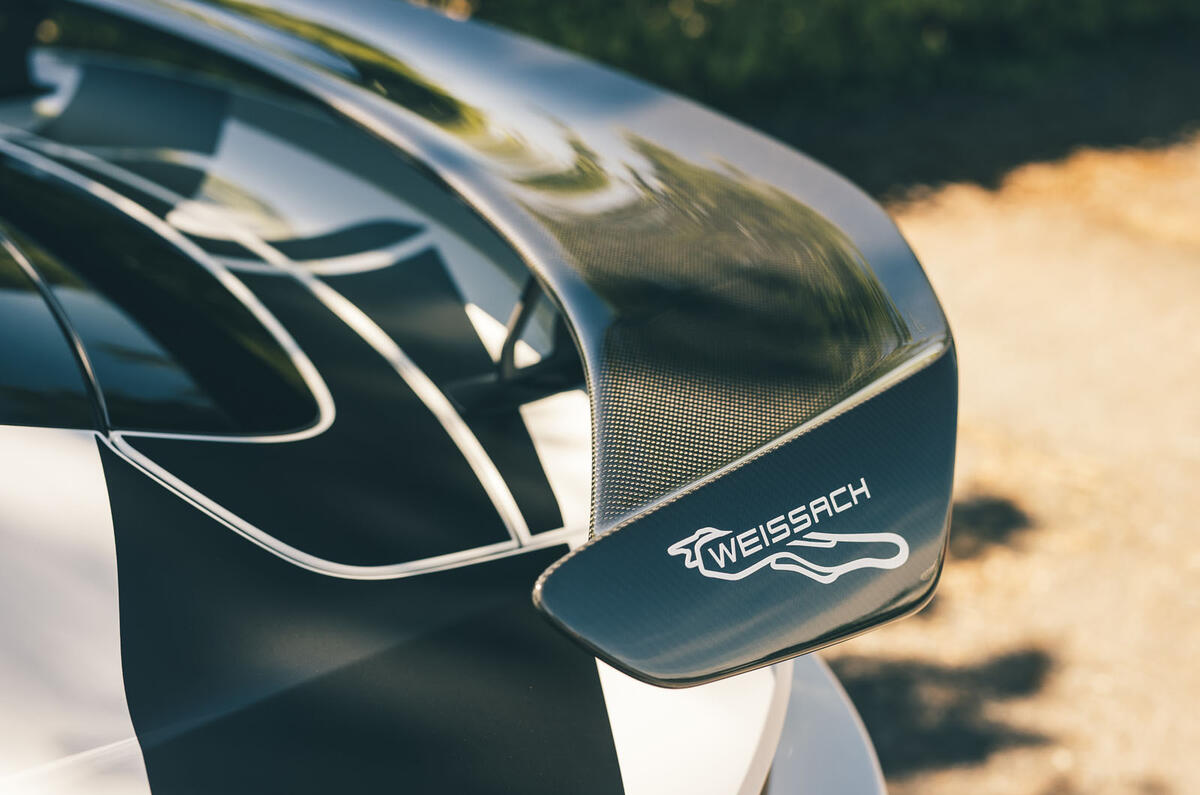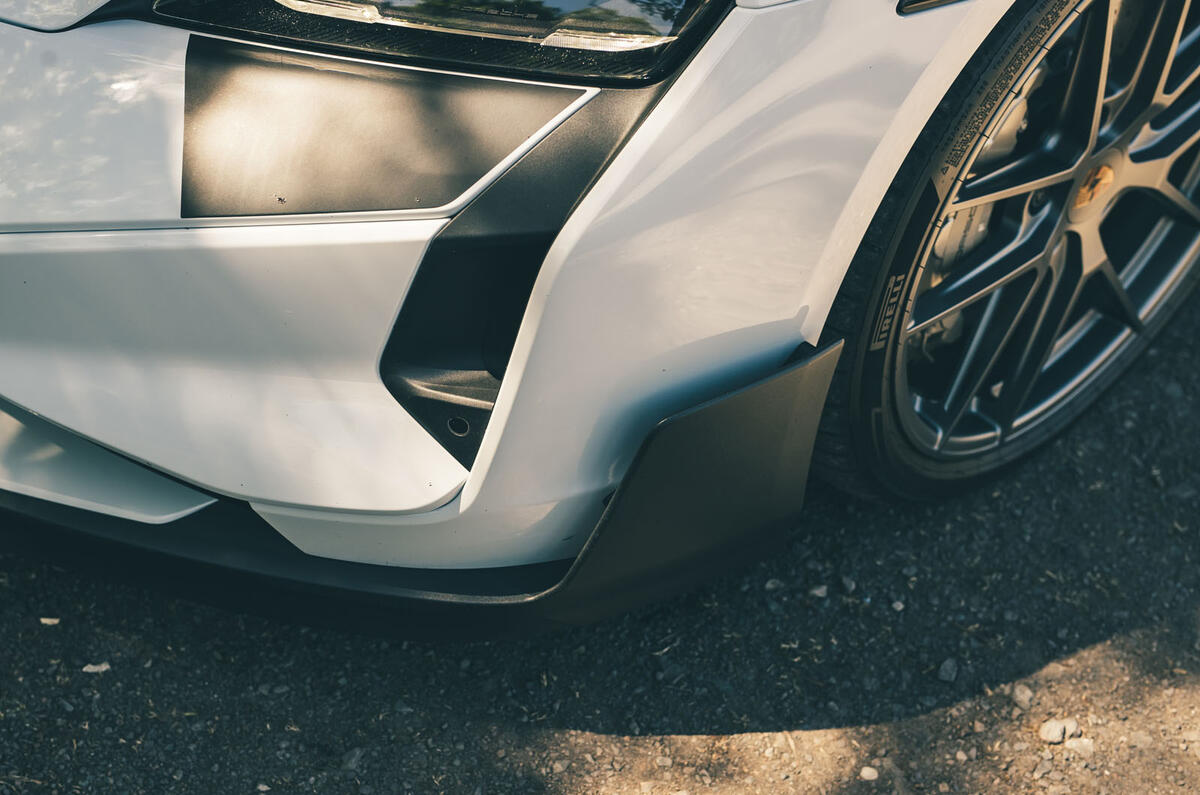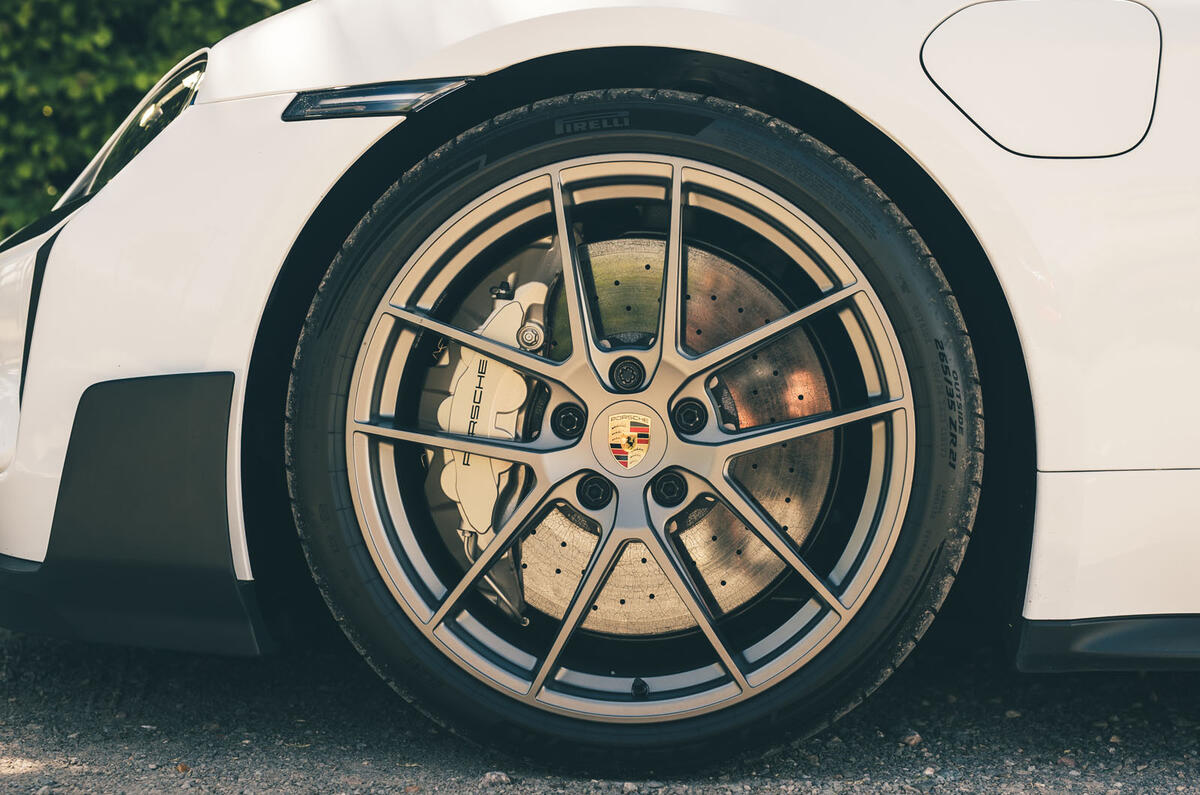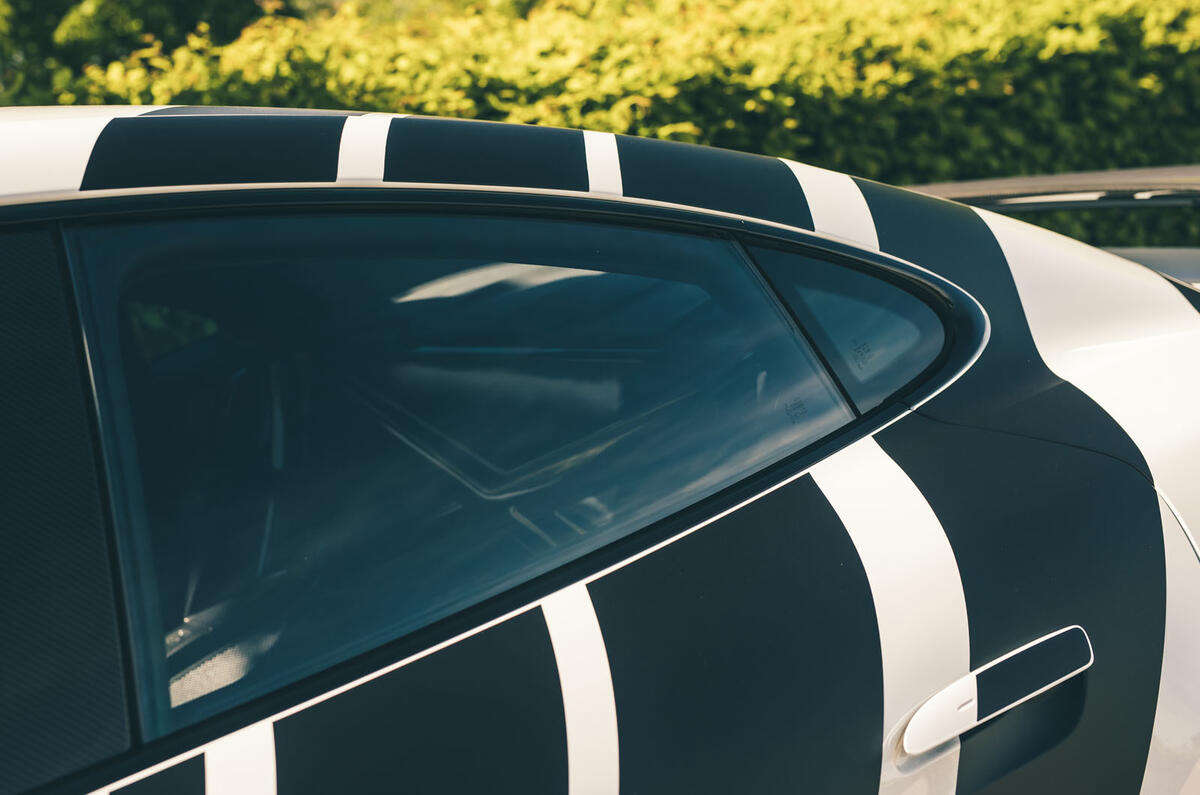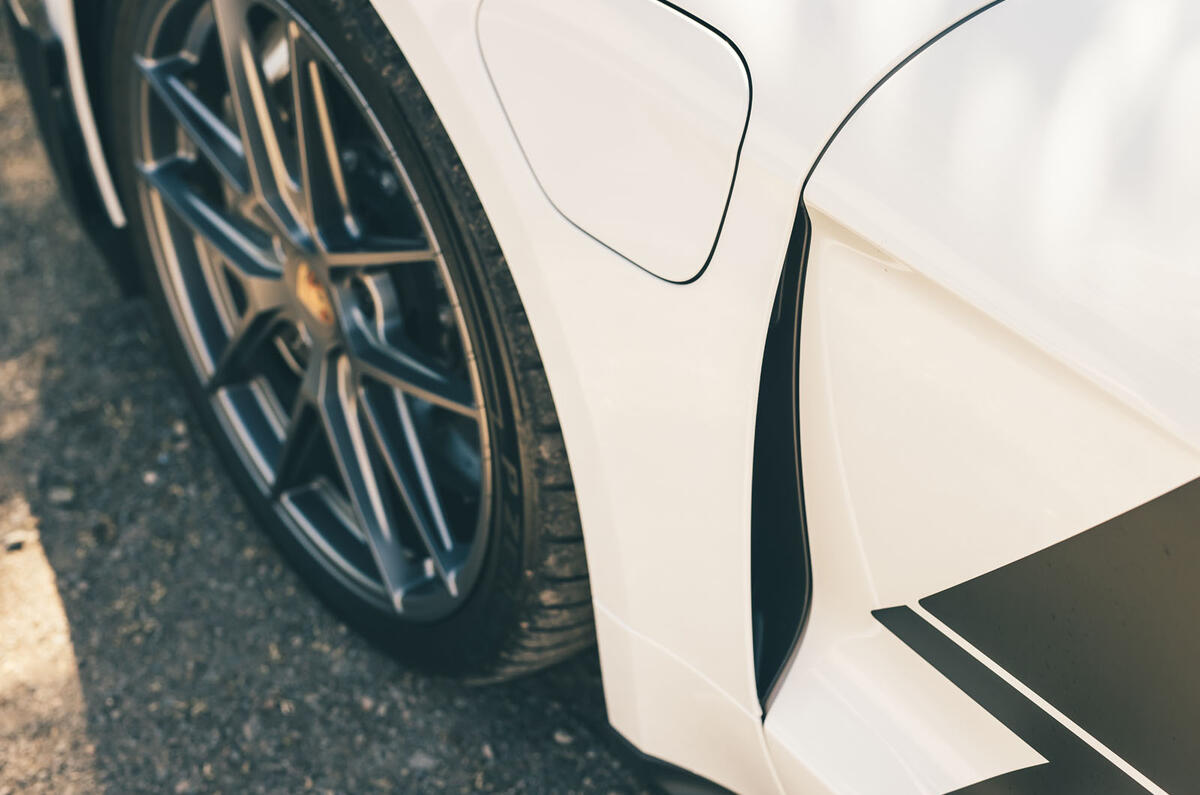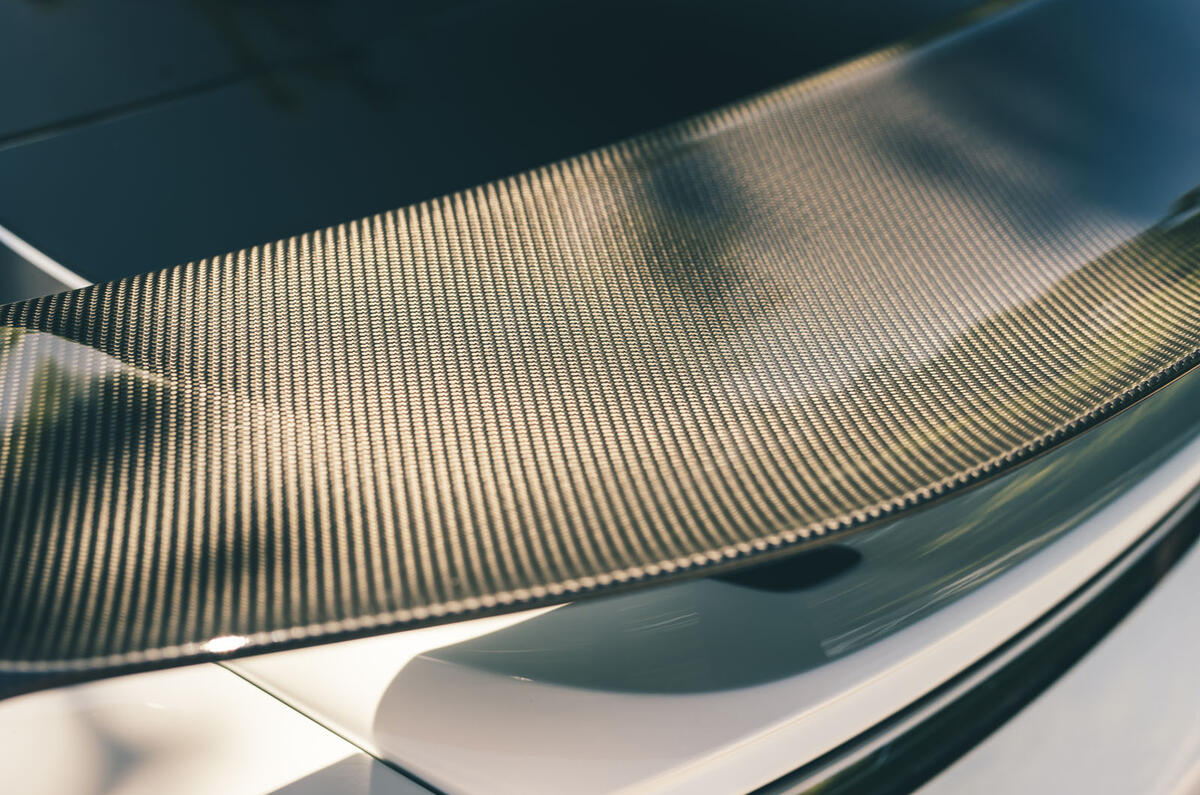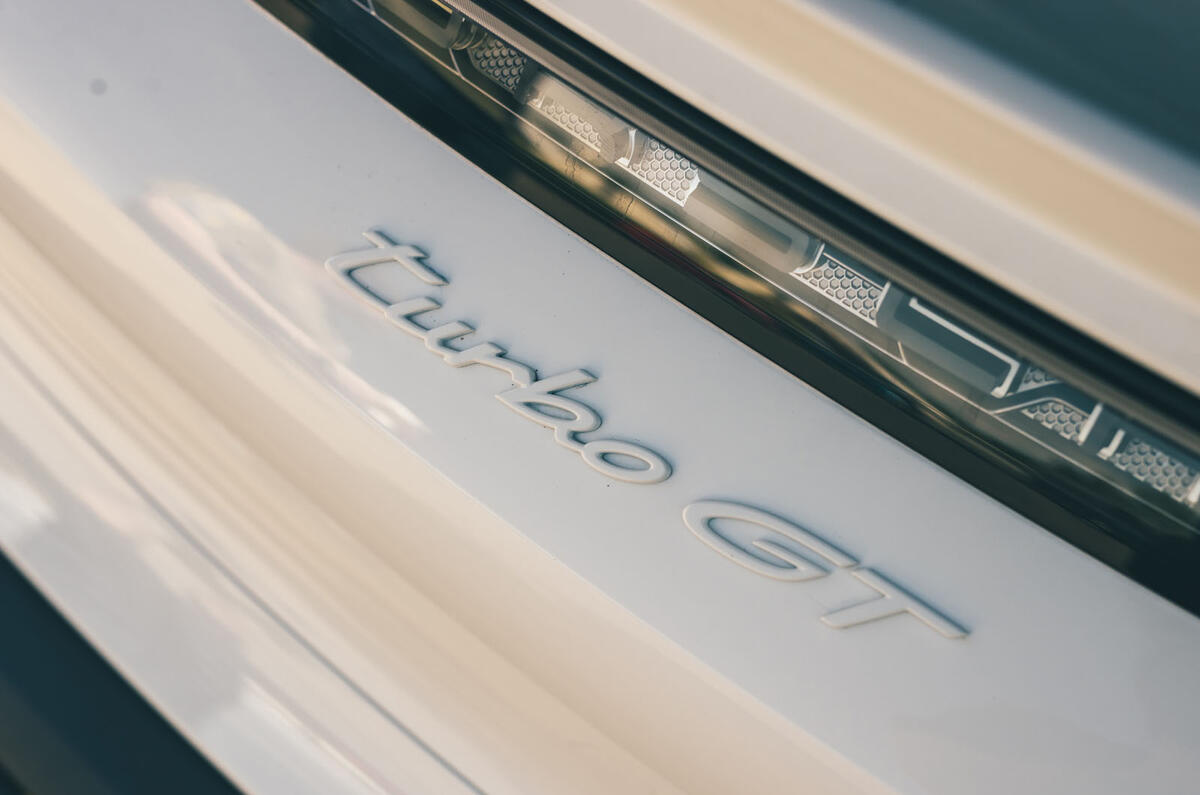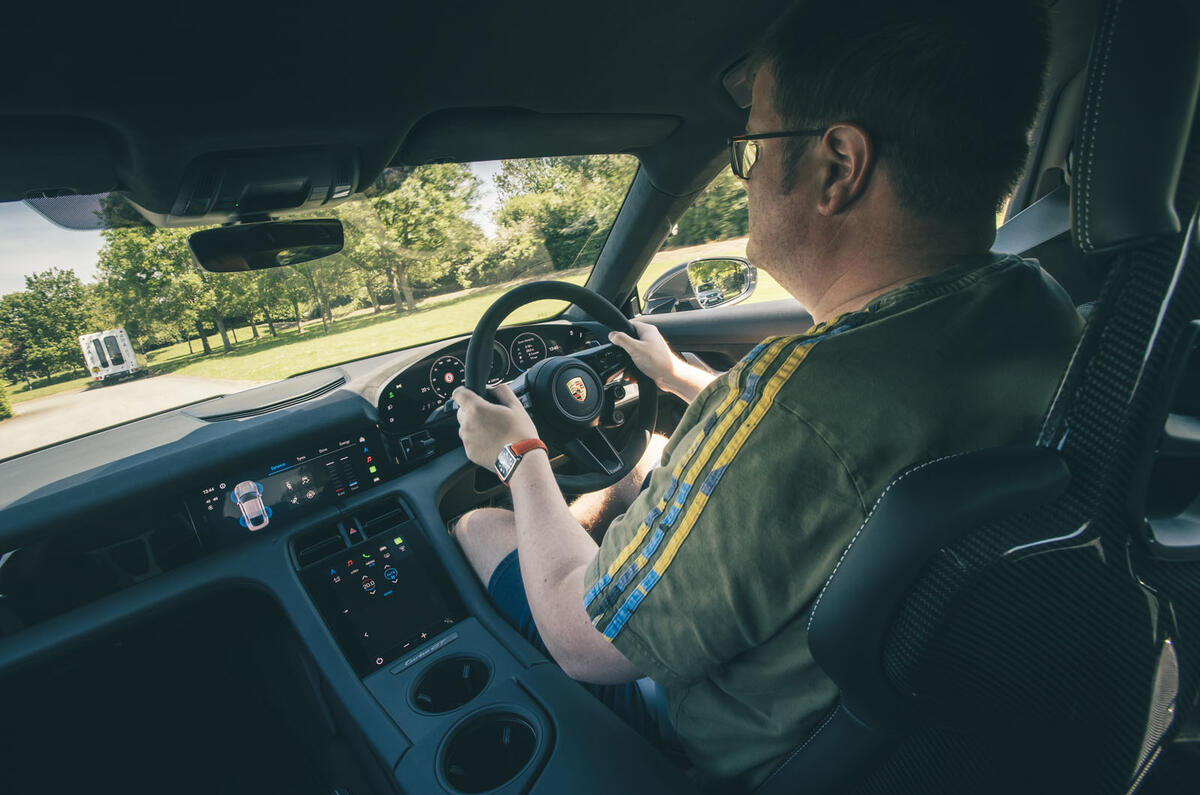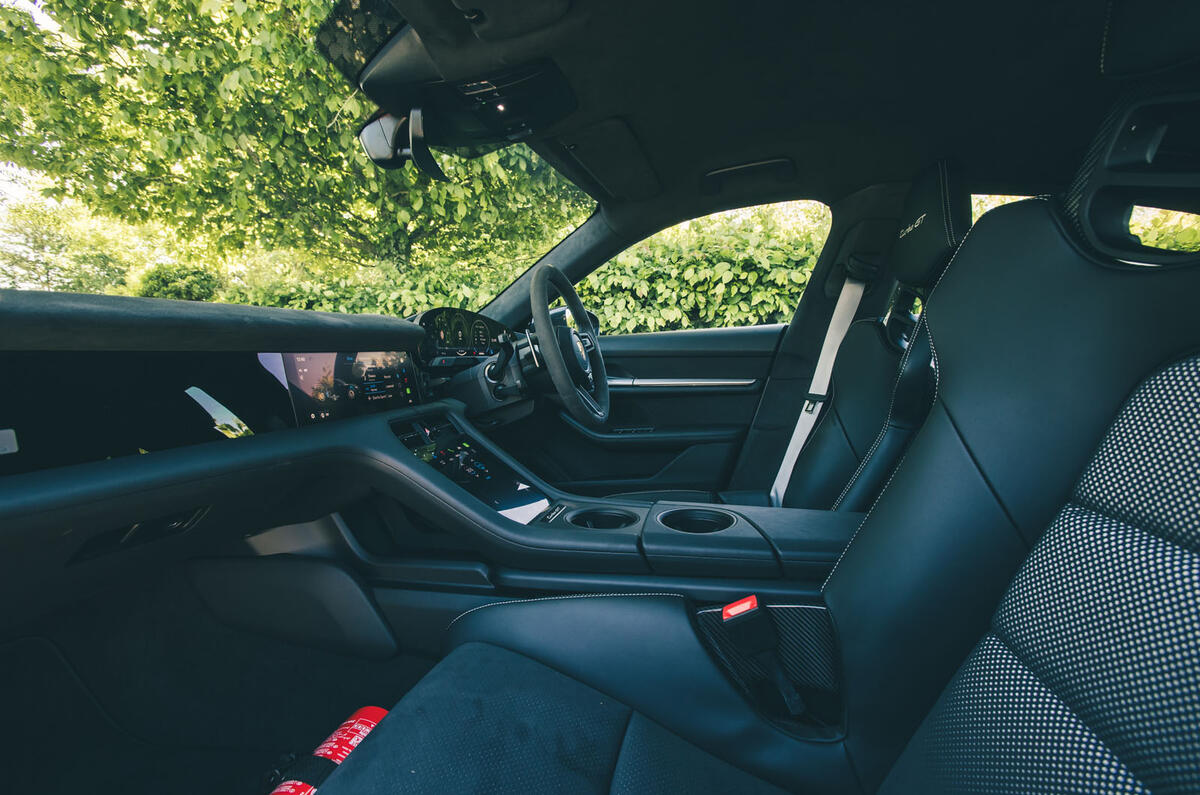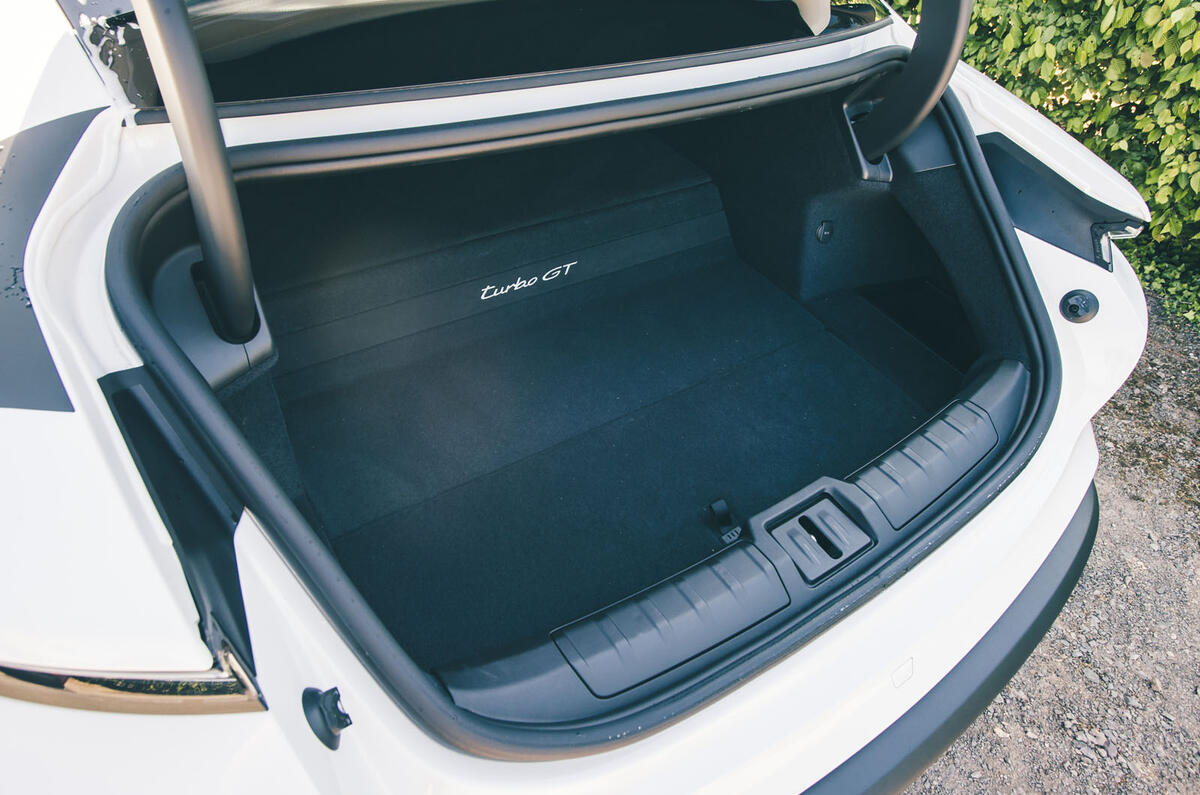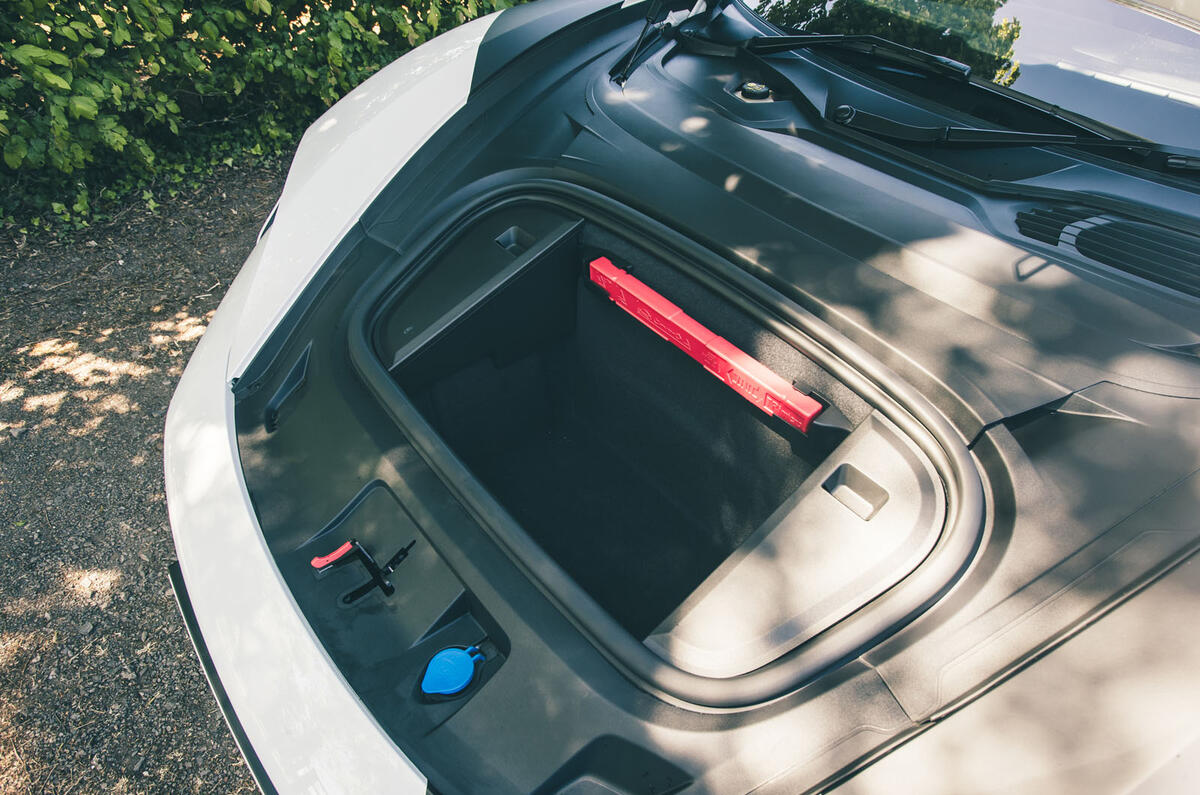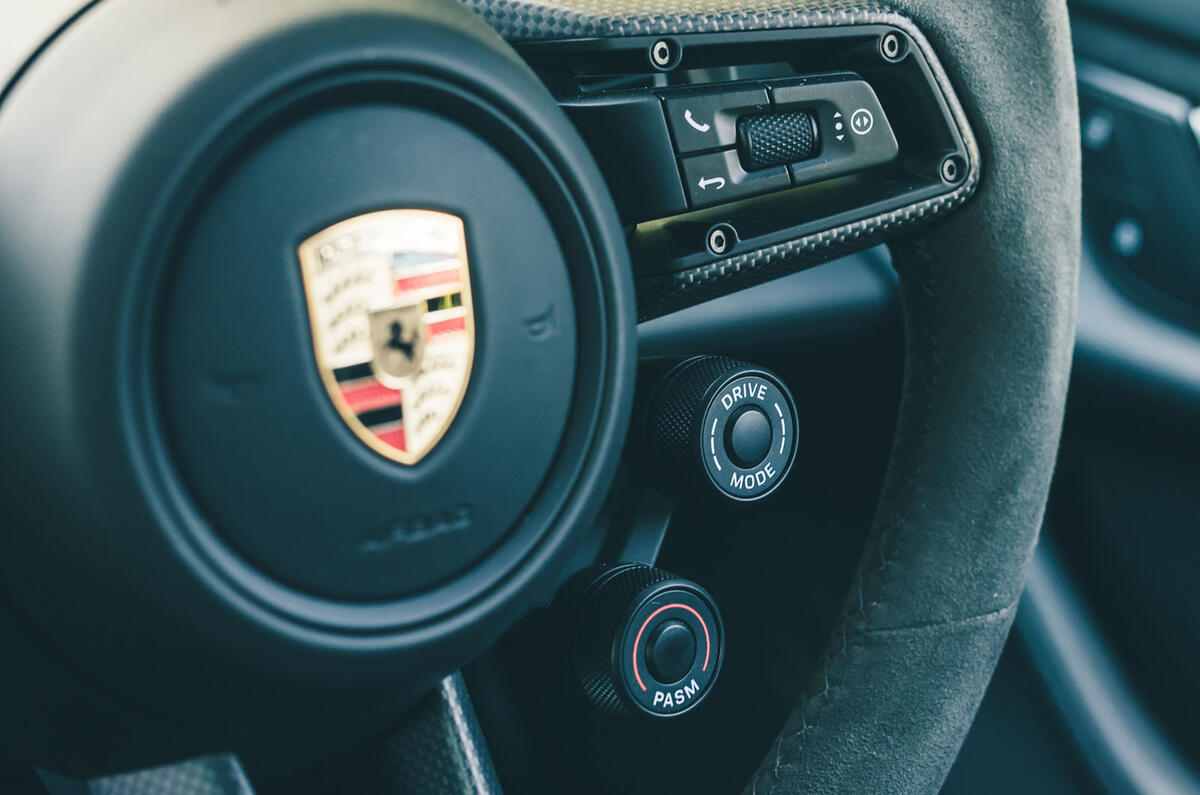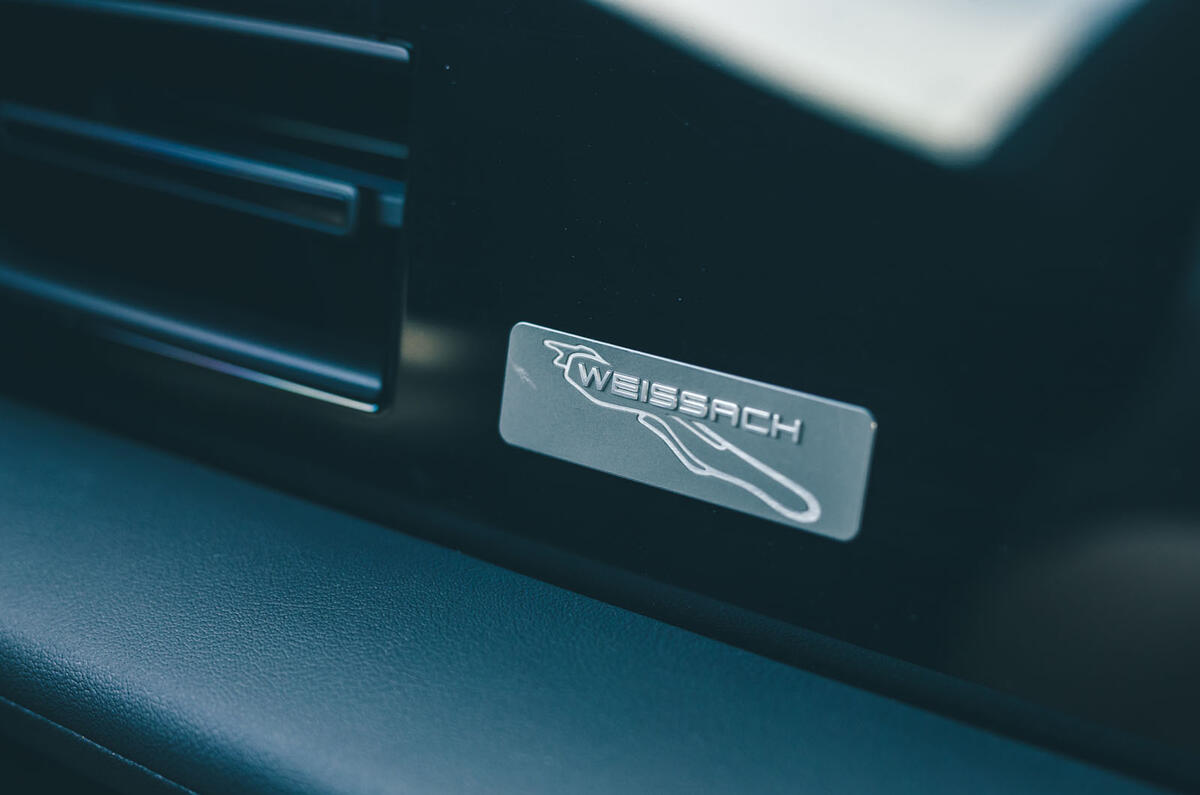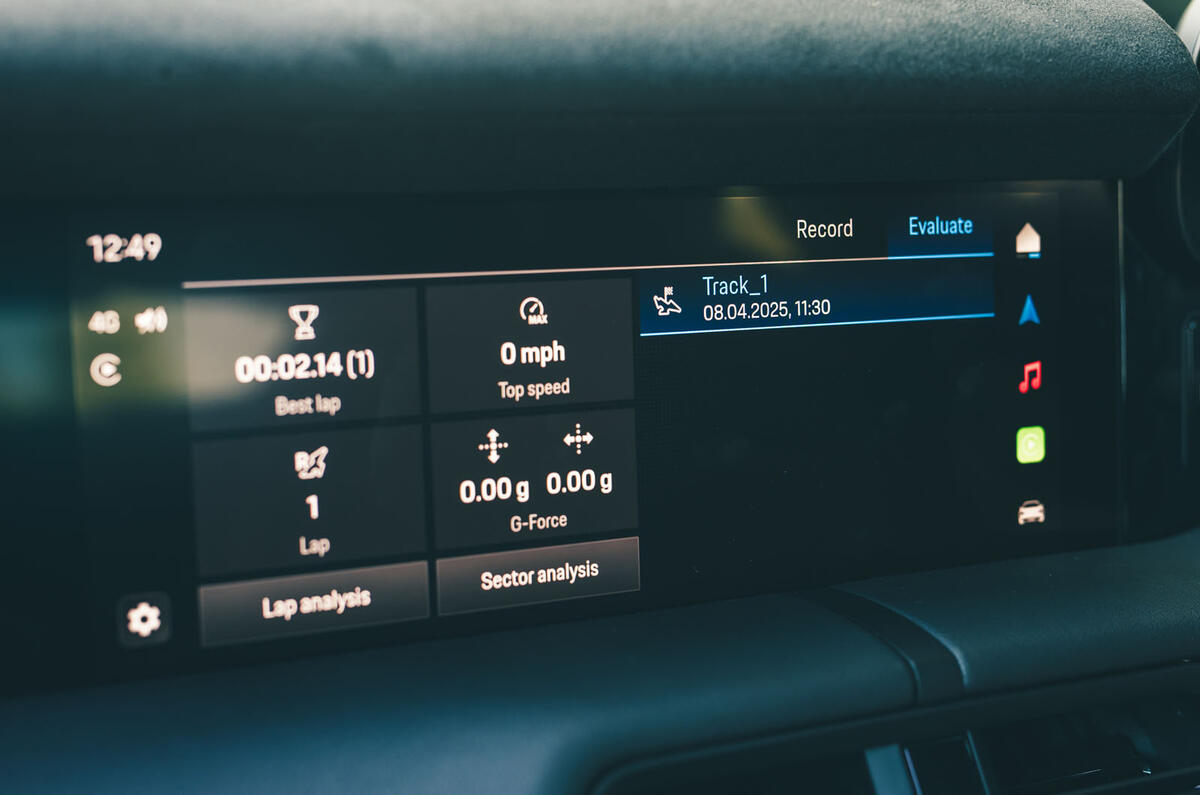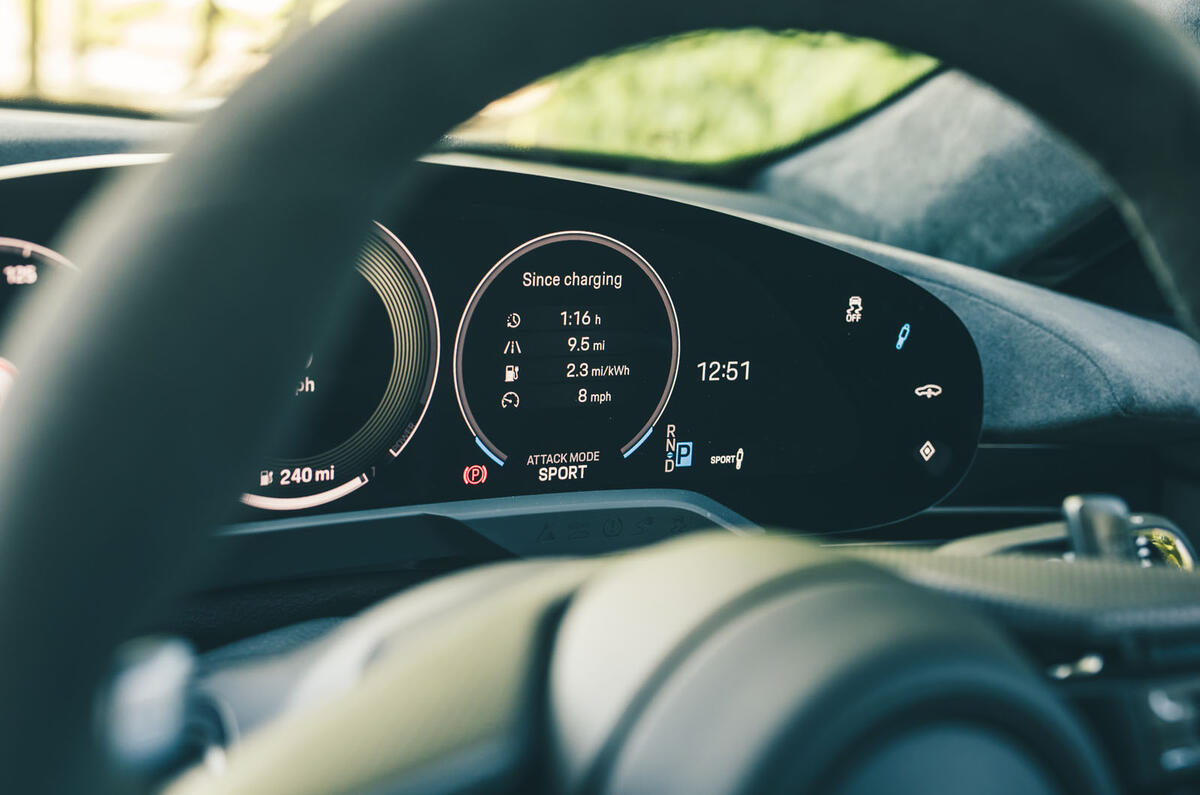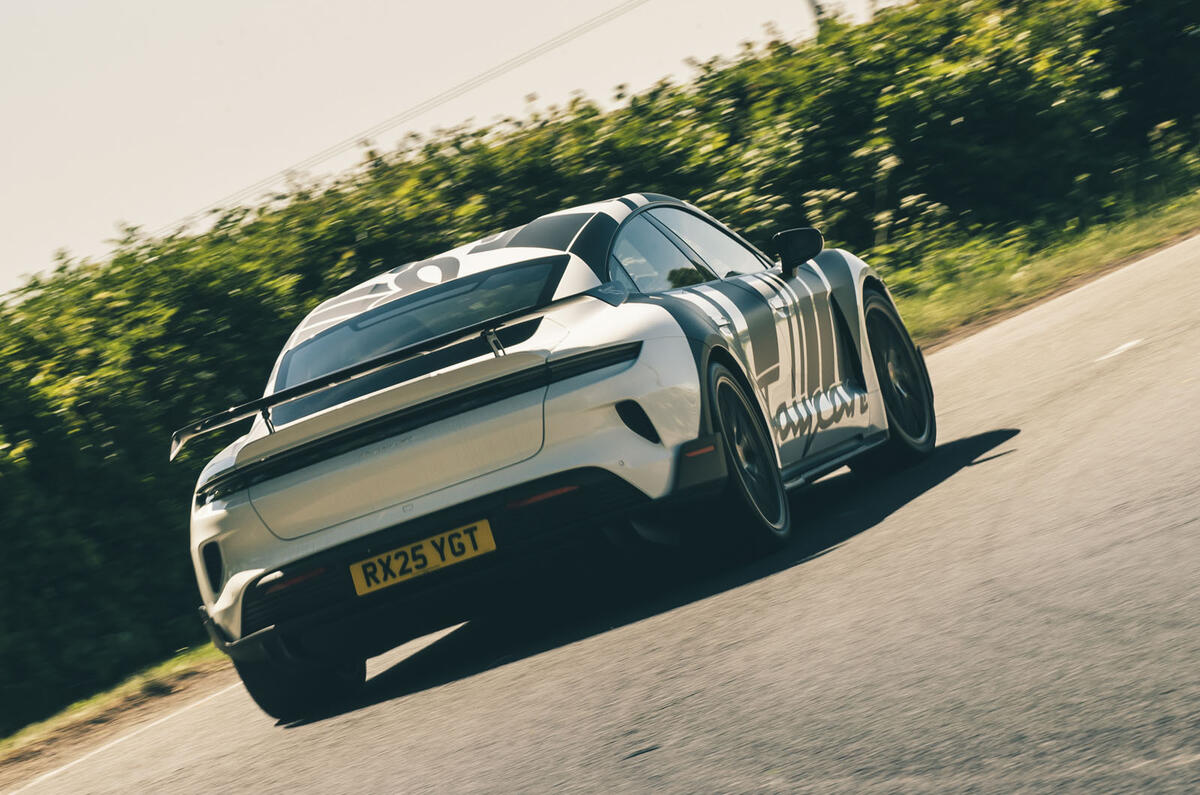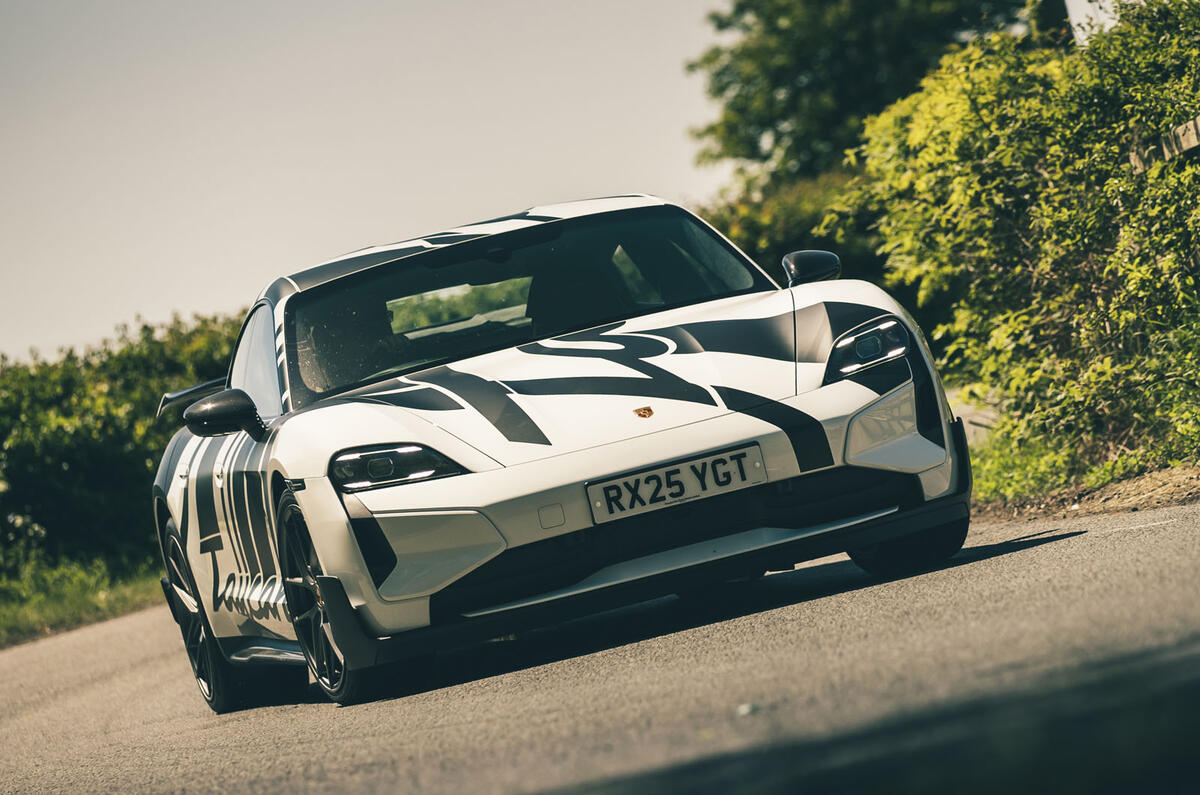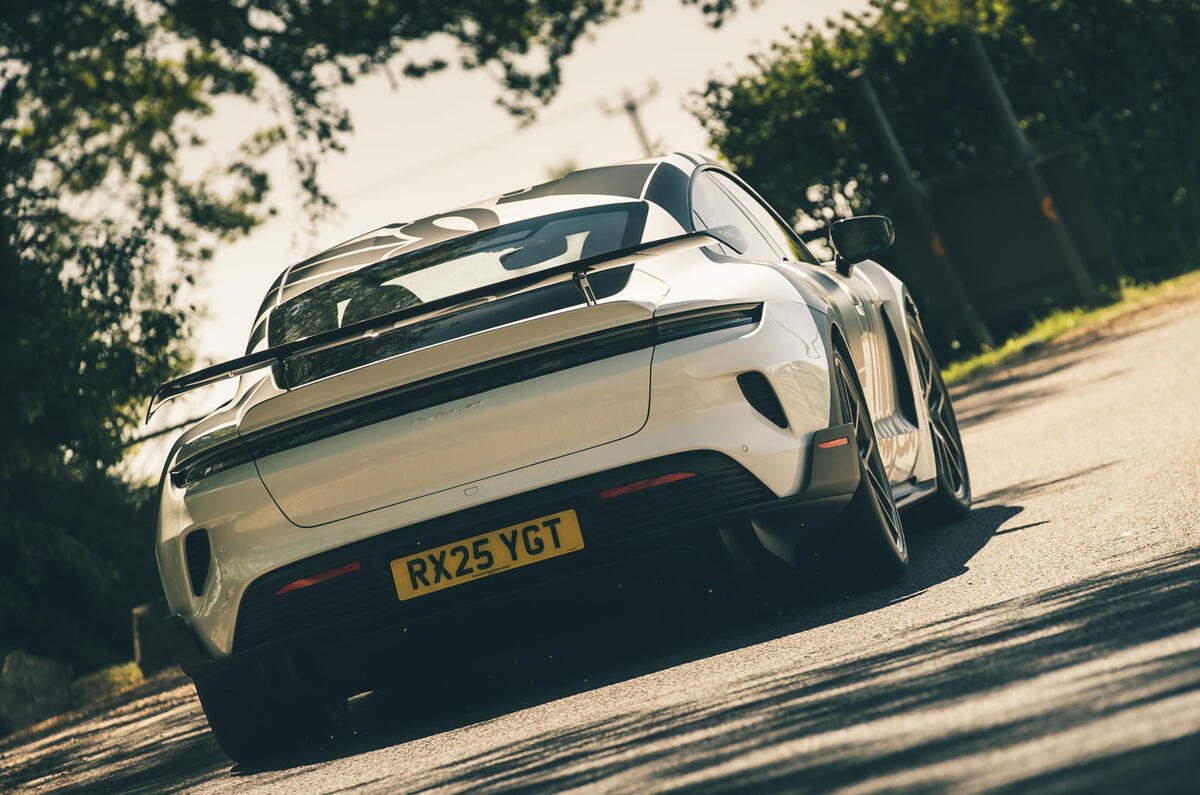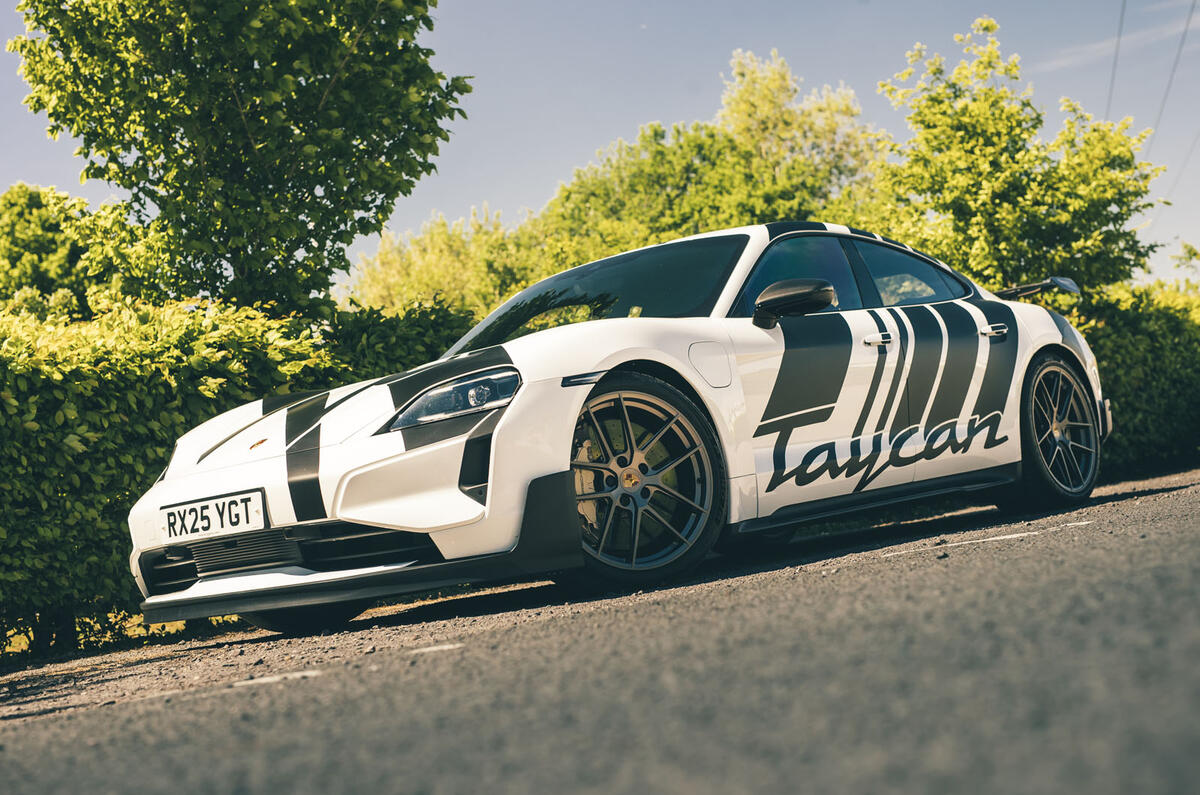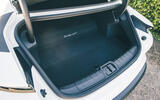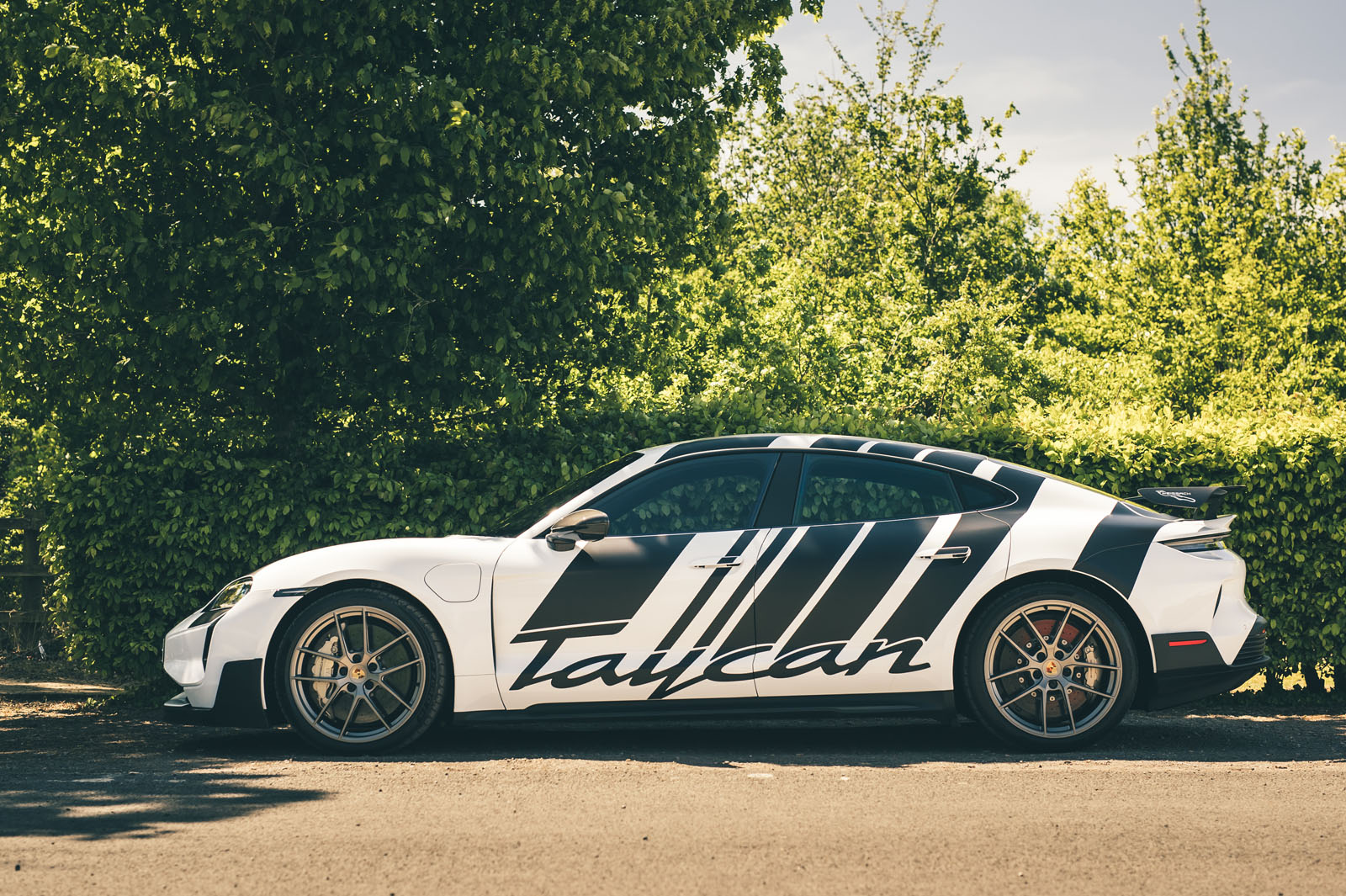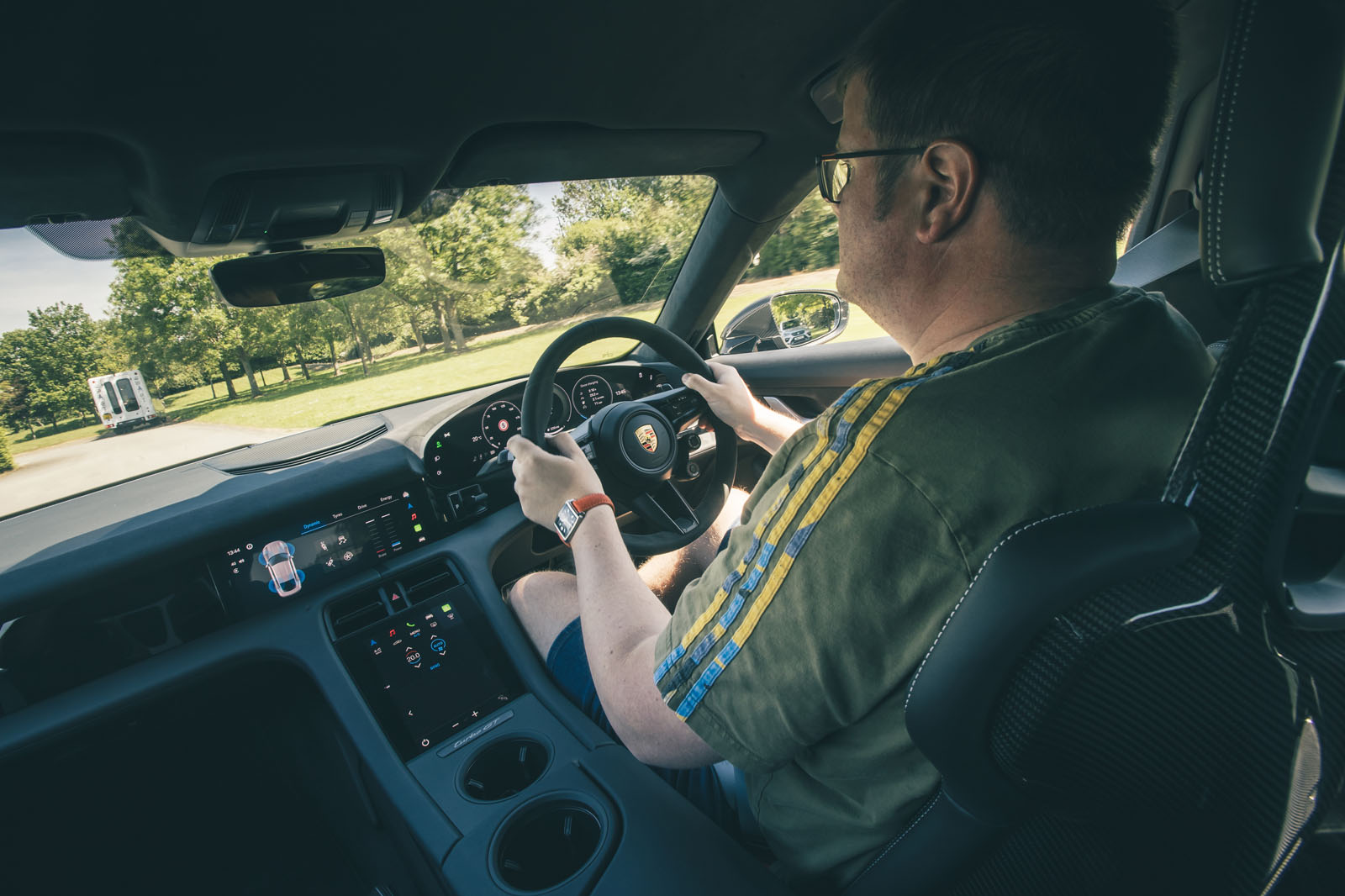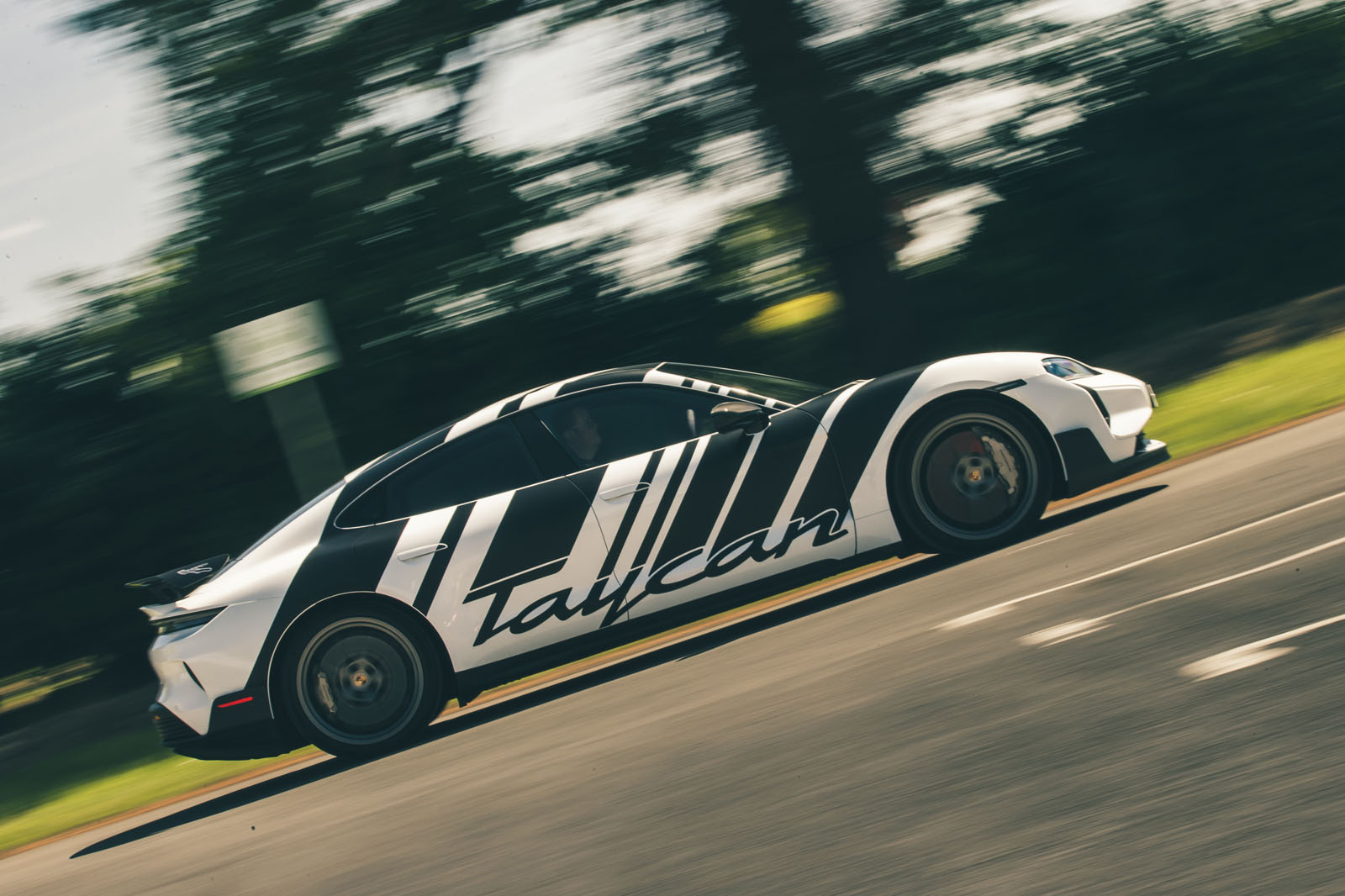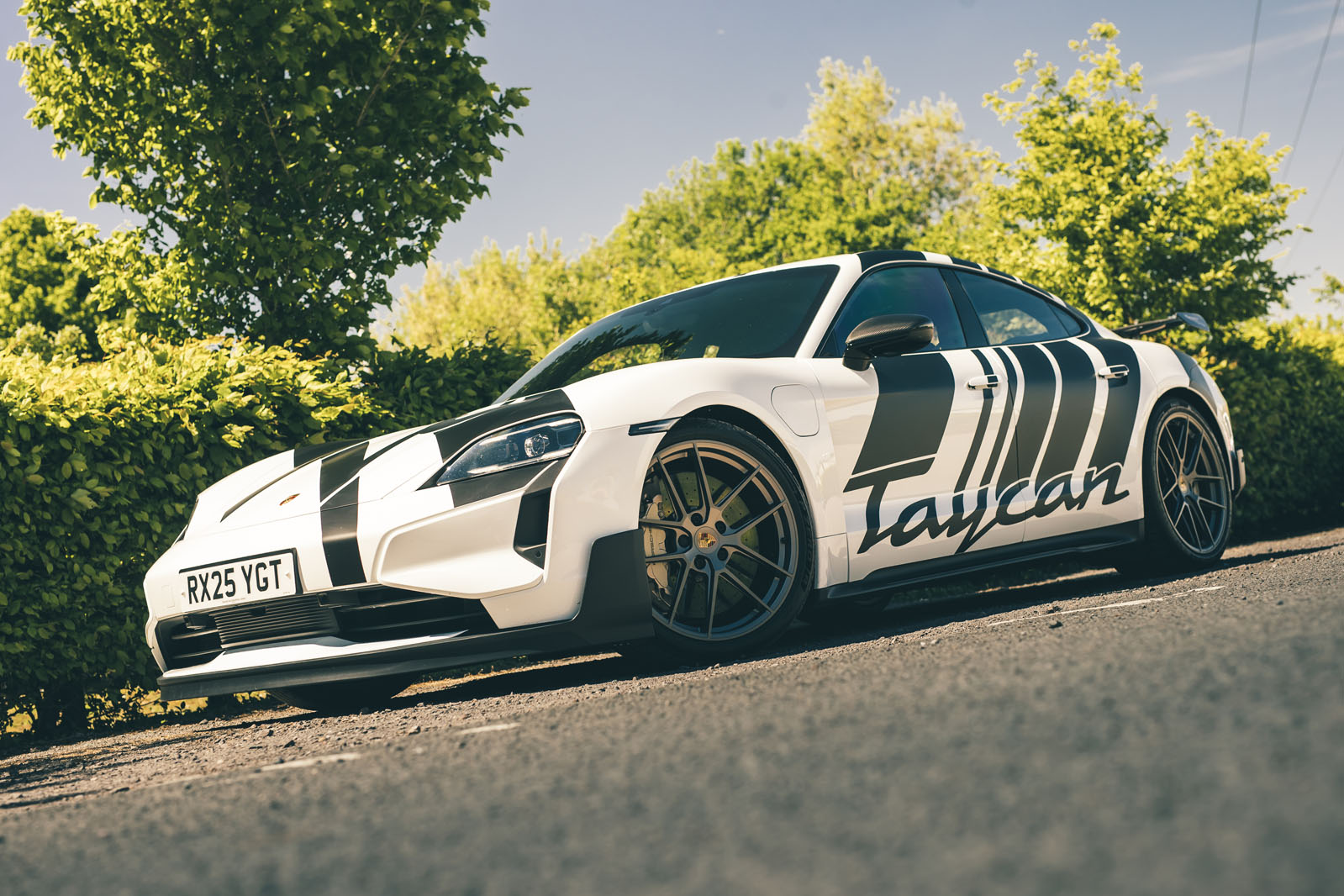Porsche’s new top-of-the-range, zero-emissions, rocket sled electric four-door GT - the Porsche Taycan Turbo GT - has finally arrived on UK roads and in right-hand drive. This is our first chance to drive it on the road anywhere, and with the no-cost-option Weissach Package fitted in this case.
The car's existence, while a formidable prospect, is nothing if not predictable. Porsche’s cars tend to get faster and more powerful as they get older, one rarefied, GT-badged version at a time.
The very idea of a near-1100bhp Porsche Taycan, if it had been mooted back in September 2019 during the digestion of those preliminary first drive verdicts on the original Taycan Turbo S - which, to the very last one, reported how savagely, almost problematically rapid was Porsche’s bold new (751bhp) electric pseudo-saloon - would have caused bouts of hysteria in certain quarters of the specialist media.
And yet here we are. Porsche will doubtless claim it’s only exploring the outer limits of what performance is already bound up in its facelifted electric poster child – in some cases quite accurately, as we’re about to explain. And yet it just so happens to have done enough exploring to put the Lotus Emeya 900 firmly in its place on paper, and likewise the imminent Polestar 5 and latest Tesla Model S Plaid.
We performance tested the Tesla back in 2023 (no one-foot rollout, here) at 2.4sec from rest to 60mph, and it has a claimed top speed of 160mph. This new Taycan will crack 60mph in just 2.1sec, says Porsche, and go on to 190mph on the button (both only if you have the Weissach Package version).



